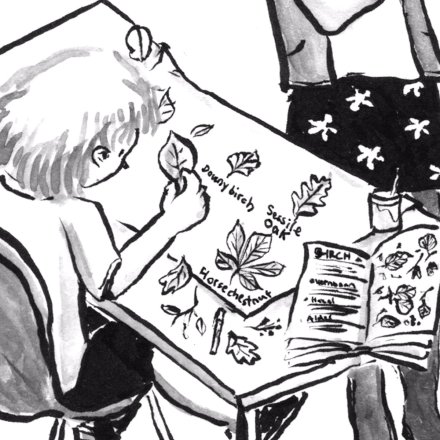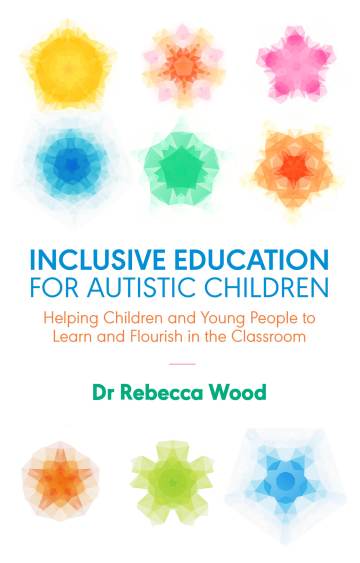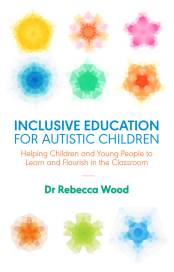
Autistic children and adults are often described as ‘obsessive’ or as having ‘narrow’, ‘restricted’ or ‘circumscribed’ interests. And when this trait is associated with being ‘fixated’ or very repetitive, it’s generally considered to be highly undesirable, and some behaviour interventions actively set out to diminish or even ‘extinguish’ these ‘fixations’. Even the term ‘special interests’, which seems on the face of it to be a more positive term, still suggests something a bit peculiar or odd.
When I started my PhD a few years back, I’m ashamed to say I wasn’t very tuned in to the notion of intense or very strong interests. So when I went into some schools to carry out my data collection which involved school staff, autistic children, their parents and autistic adults, I was really taken aback by what an important issue this was. In fact, autistic academics such as Dr Wenn Lawson and Dr Dinah Murray have been writing and speaking about this for over two decades, with Dr Damian Milton, Fergus Murray and others also making important contributions over recent years. Framed by these writers as ‘monotropism’ – a tendency to focus on certain issues or activities in depth to the exclusion of other inputs – this fundamental autistic trait is presented much more positively here, although, importantly, the drawbacks are not ignored.
The focus of my research was, quite simply, the inclusion of the autistic children in the five schools where I was based. I was looking at their inclusion in the fullest sense of the term – their participation in all aspects of school life such as the curriculum and trips, if they were accepted and encouraged as equal members of the community, if they were understood. If they were happy. And what I found was that when their learning tasks were very repetitive, the autistic children had to be prompted a lot to complete them, which was a very unsatisfactory state of affairs both for them and the supporting adult. In fact, if anything, it was the adults, not the children, who demonstrated repetition in their behaviour. On the other hand, though, when the autistic children were able to access their strongly held interests, the school staff didn’t need to prompt them anywhere near as much (or even at all), and the children were more motivated, independent and relaxed. Not only did this enable the supporting adult to take on a more constructive role, but the lighter-touch support meant that it was easier for peers to engage with the autistic children too.
Other striking findings were that some of the autistic children were more fluent in their speech when they were talking about their interests: they spoke at greater length, used a broader vocabulary, were less inclined to trip over their words and could handle more complex questions from me. Some autistic children showed better motor skills when they were able to access their strong interests and appeared more comfortable and relaxed in these circumstances too. So overall, given that their learning, curriculum access, socialisation, communication and independence were often facilitated when they could access their strong interests, it was not difficult to conclude that multiple aspects of their inclusion were enabled too. Could this be the solution we have been seeking to address the considerable levels of exclusion autistic children and young people currently experience within the education system?
Well it may be, although I did find some drawbacks to this autistic trait. For example, some school staff were frustrated that they couldn’t introduce the autistic children to the full curriculum, and said that their unwillingness to desist from an activity in which they were intensely engaged created limitations to their learning. Some of the parents in my study feared that the strong preoccupations of their offspring would be off-putting to their friends, or that they would simply write about their interests in tests, rather than answering the question. These are all important issues, which need further investigation, especially as some research shows that interests experienced in a highly intense way can impact negatively on well-being.
Nevertheless, it seemed to me that in some cases at least, the autistic children in my study were turning to their strong interests in times of stress or anxiety. And there has certainly been a lot of research which shows that autistic children and young people find school very stressful. So it might be the case that when this autistic trait is manifested negatively in school, it is a direct result of the stresses that school creates in the first instance.
Not only this, but research on interests and motivations in general education shows that all children are more independent, have more confidence in their ability and are more likely to see tasks through to the end when they are highly interested in what they are doing. Therefore, understanding better how to incorporate the strong interests of autistic children into their schooling could benefit other children too. Let’s not forget either that school staff stand to gain in this scenario as well, because they don’t have to work as hard at getting the children to concentrate and engage, and are able to develop more positive relationships with them.
In my study, I found that when the autistic children were able to access their intense interests, this brought, on the whole, a range of inclusionary advantages. Research has also shown longer-term benefits too, such as developing expertise, positive career choices and opportunities for personal growth. This underscores how important it is that the education of autistic children is not driven by a sense of their deficits, but by an understanding of their interests and strengths. And that rather than dismissing their interests as ‘obsessive’, we ought to value their perseverance and concentration, qualities we usually admire. And while we do need a better understanding of the negative manifestations of very strong interests, we also need to think differently, and better about the educational inclusion of autistic children. So maybe it’s time to ditch the ‘strategies for inclusion’ – which, let’s face it, aren’t working – and allow teachers the flexibility they need to be able to tap into the strong interests of autistic children in school.
To download a copy of the full journal article, click here.
*Illustration from: Wood, R. (in press) Inclusive Education for Autistic Children: Helping Children and Young People to Learn and Flourish in the Classroom, London and New York: Jessica Kingsley Publishers. Currently available to pre-order.


9 thoughts on “Autistic children and intense interests: the key to their educational inclusion?”